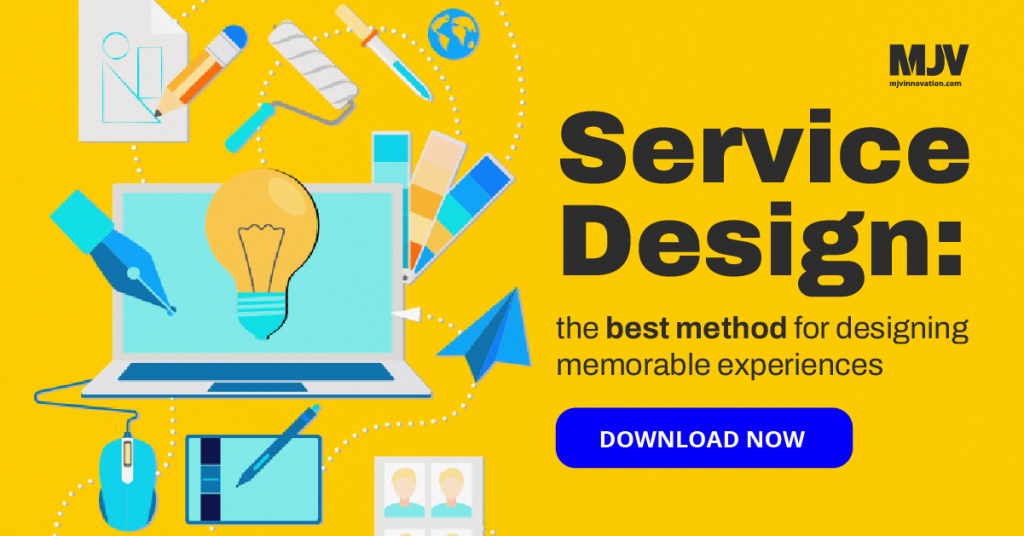Redesigning the cancer patient experience seeking to humanize healthcare
One of the largest hospital complexes in Latin America has obtained a 99% patient satisfaction rate.
One of the largest hospital complexes in Latin America has obtained a 99% patient satisfaction rate according to data from Instituto Ipsos. However, achieving these numbers required constant dedication from their team. They had to balance satisfaction rates and team performance, and this is where MJV came in.
Human-focused medical treatments
In recent years, this hospital has doubled in size and felt the need to redesign the patient’s experience in order to maintain excellence healthcare. The first step was understanding the relationship between patients and hospital, as well as mapping all points of contact in their journey. The MJV team interviewed 280 people including nurses, doctors, receptionists, patients and companions. In addition, part of the team acted as “mystery patients” during chemotherapy sessions in the oncology sector, reporting their own experience in the prompt care and diagnosis center.
After extensively mapping all activities, the team found that between the waiting room, examinations, consultations and reports, the patients went through more than 20 steps until the service was finalized. Journeys this long often leave users exposed to possible negative experiences.
Considered a reference in the way of treating patients, humanization in care is the fundamental pillar of the hospital. However, to expedite the patient’s journey, it was often necessary to make procedures more flexible, such as preparation for exams. This process was the main complaint of the medical team, impacting the work routine.
We then heard from patients and hospital staff on this same issue. By doing this, we obtained distinct perspectives over the same issue:
- For hospital employees, the process delayed the entire schedule of the day, impacting the experience of other patients;
- For patients, they wanted more flexibility in examinations to better evaluate physicians and nurses;
In the course of the process, we identified other conflicting views regarding various points of contact, such as medical appointments, waiting time for exams, and the screening process.
Measuring the patient’s experience curve
After the differences of perception between collaborators and patients had been identified, graphs were produced with the diffusion of these questions throughout the day, forming a patient experience curve.
At every peak of complaints, co-creation workshops were held with employees to find solutions. During these meetings, more than 50 ideas were structured focusing on the following aspects:
- Processes – changes in processes and protocols;
- Facilities – changes in the structure and furnishings of the spaces;
- Systems – interventions involving technology and information technology;
- Novelties – new tools and services for the hospital user.
Based on cross-information, we balance the urgencies of the medical staff and the wishes of the patients, prioritizing the most assertive ideas to recreate the service experience. The goal was to help the hospital insert each idea into its project pipeline. Here are a few examples:
- Electronic bracelet with the oncology patient’s chart, replacing the registration stage;
- Coworking spaces for companions working remotely to support a relative;
- Improving the atmosphere of vestibules and examination rooms;
- Results in the cloud, eliminating the delivery stage of the report;
- Activities such as movies and game stations in modular rooms, with suggested wait times;
- Humanization of the preparation information and of the language used in diagnostic reports.
Some of the actions conceived in the ideation workshop gave rise to other projects, such as the humanization of exam preparation.
Patient failure to prepare for the exams was one of the major divergences in the experience curve, causing delays in medical procedures. After investigating the roots of the problem, we found that the instructional emails contained many technical terms and nonstandard information.
This specific issue gave rise to a separate project of humanization of medical preparations, which MJV helped implement. The project consisted of simplifying the language of more than 4 thousand procedure preparation e-mails.
Portrait of a purpose: altruism and dedication
The project was challenging since, in addition to caring for patients, the hospital needed a solution that included recognition of employee altruism.
Creation of a new experience in the oncology patient’s journey, prompt care, and image diagnosis, as well as the development of an implementation roadmap with 53 improvements.
As a result, MJV presented the portrait of the patient’s current journey which was redesigned according to their hospital experience curve.
In addition, a roadmap for deploying the new experience scenario was also developed, and it contained more than 50 proposed improvements with derivation potential for single projects.
Service design is an insightful, holistic, and market-acclaimed approach for solving business problems by looking closely at the core business and the user and customer needs.
Such sensitive diagnosis, of changing the entire hospital experience to welcome and comfort patients and their families, only happened thanks to service design’s human-centered immersion process, tools, and dynamics.
Download the e-book Service Design: design memorable experiences, and find out how it can lead your company to offer better experiences.

